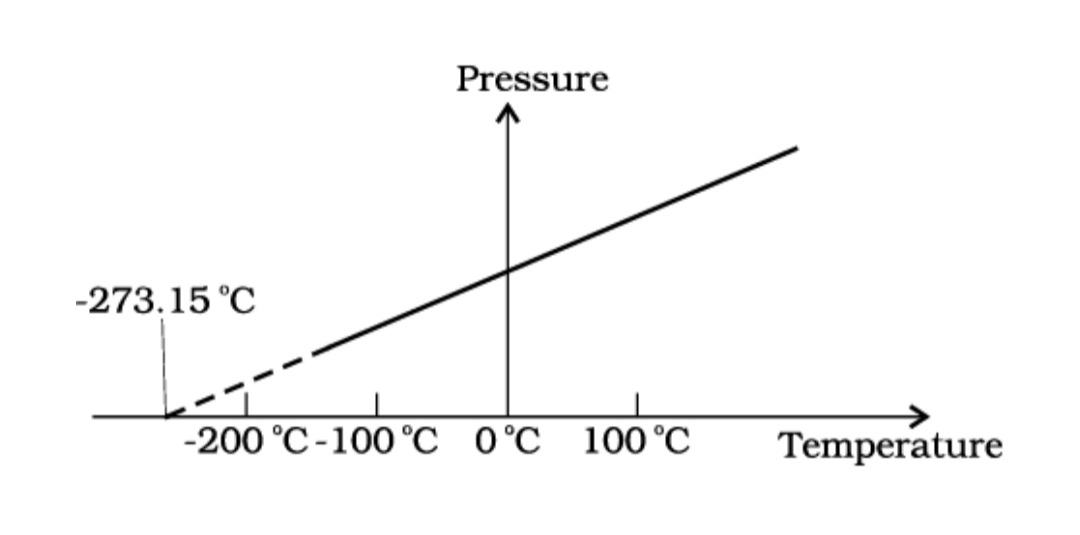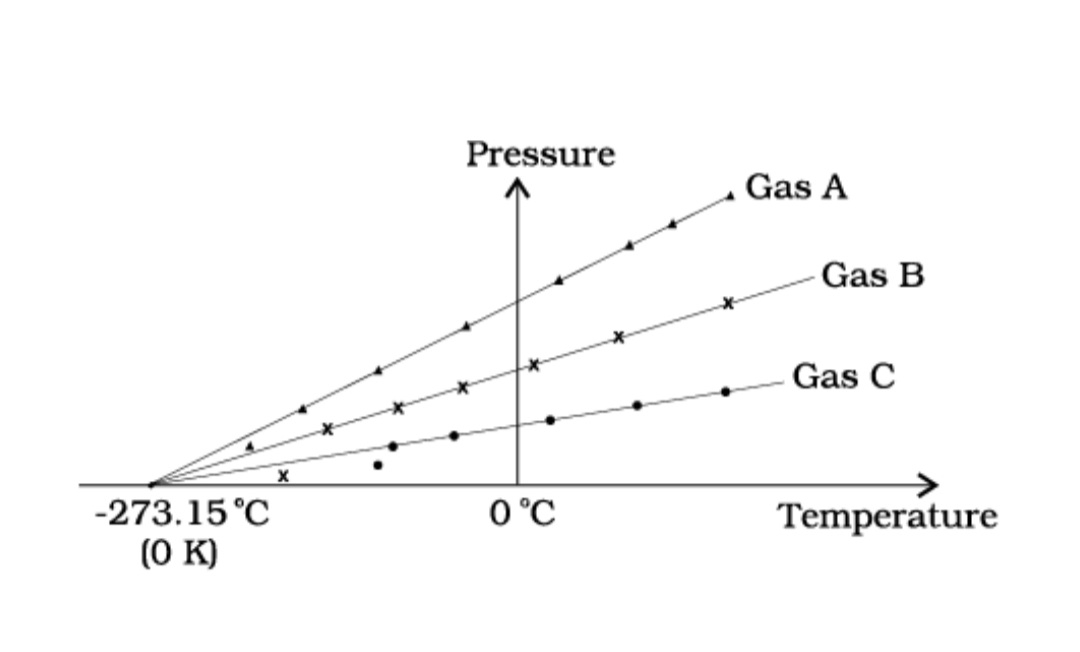DEVELOPMENT HISTORY
In 1947, with the emergence of a new
politically independent nation, India continued
to march ahead pursuing a programme of using
modern science and technology for national
development. Today India spends about 1.5 per
cent of its GNP on science and technology. In
this effort not only has India established
capabilities of its own but has also cooperated
with developed as well as developing countries
in its progress towards the use of science and
technology for national development.
Soon after Pandit Jawaharlal Nehru became
the Prime Minister of India, he created a Ministry
of Scientific Research and Natural Resources,
and actively supported the atomic energy
programme for peaceful purposes. In 1948, the
Atomic Energy Act was passed and the
Department of Atomic Energy was directly
under his charge. Till his death in 1964, he was
the Chairman of the Council of Scientific and
Industrial Research. His long association with
the India Science Congress Association is well
known. Under the farsighted leadership of
Nehru, the nation, the government and the
public leaders became committed to the
promotion of science and technology for
national development in a phased manner.
The enthusiastic efforts of Mr. Shanti Swarup
Bhatnagar led to the expansion of the Council
of Scientific and Industrial Research into a chain
of national laboratories spanning a wide
spectrum of science, technology, engineering
and biomedical sciences. The vision of Homi J.
Bhabha led to advanced research in nuclear
energy and other fundamental areas through the
creation of the Tata Institute of Fundamental
Research (TIFR) and what has now come to be
known as the Bhabha Atomic Research Center
(BARC), and the entire gamut of activities today
coming under the Atomic Energy Commission.
Soon after assuming office, Nehru appointed
a Scientific Man-power Committee and had the
satisfaction of seeing five Institutes of
Technology come up at Kharagpur, Bombay,
Madras, Kanpur and Delhi, besides a number
of regional engineering colleges. A number of
institutions for specialized training such as the
National Institute of Foundry and Forge
Technology, School of Planning and
Architecture, the Institutes of Management and
the All India Institute of Medical Sciences were
set up. A similar expansion took place in science
education. The number of universities and
science graduates and post-graduates
multiplied. Nehru diversified the area of
operation in science and technology. India was
the first country, originally on the foot-pound
system, to change over the metric system during
the present century. In 1948, Nehru directed the
SCIR to prepare a National Register of Scientific
and Technical Personnel. The Defence Science
Organisation was set up in 1948, on the advice
of Professor P.M.S. Blackett, for the scientific
evaluation of weapons and equipment,
operational research and special studies using
scientific technique.
Prime Minister, Indira Gandhi gave the
highest priority to self- reliance in science and
technology and the achievement of self-
sufficiency in food. In 1971, recognizing the
importance of developing integrated and self-
reliant electronic capabilities in the country, she
set up the Electronics Commission. There have
been many accomplishments in the field. To
ensure that developmental activities took place
in harmony with the environment, Mrs. Gandhi
created a new Department of Environment at
the Centre in 1980. It was at her initiative that
the first Indian scientific expedition to Antarctica
took place in December 1981. She was deeply
aware of the great importance of energy for
development and, in particular, the pressing
needs in rural areas. Accordingly, she set up a
Commission on Additional Sources of Energy in
March 1981, and thereafter a Department of
Non-Conventional Energy Source.
India’s development plans have consistently
emphasised the need for sustained investment
in research and related activities leading to
creation of substantial capacity and capabilities
in science and technology (S&T). The fruits of
this effort are evident in India’s nuclear and
space programmes, information and
communication technology services, automotive
and pharmaceuticals industries and other areas.
As the Indian economy continues on the
path of rapid, more inclusive and sustainable
growth, it will be necessary to ensure that India’s
capabilities in S&T grow in strength. This is
especially important if India is to become one of
the major economies of the world over the next
20 years.
The country needs to move up from investing
1 per cent of gross domestic product (GDP) in
the R&D sector to 2 per cent of GDP and more,
as has been the case with several developed and
emerging economies for quite some time now.
This must be achieved not only through an
additional government effort, but also a much
increased private sector effort.
SCIENCE, TECHNOLOGY AND
INNOVATION POLICY 2013
New Science, Technology and Innovation
(STI) policy has been formulated and enunciated
in 2013 and was formally released at the 100th
Session of Indian Science Congress at Kolkata
on 3rd January, 2013 by the Prime Minister Dr.
Manmohan Singh. The policy seeks to focus on
both STI for people and people for STI. It aims
to bring all the benefits of Science, Technology
& Innovation to the national development and
sustainable and more inclusive growth. It seeks
the right sizing of the gross expenditure on
research and development by encouraging and
incentivizing private sector participation in R &
D, technology and innovation activities. Main
features of the STI policy 2013 include:
Promoting the spread of scientific temper
amongst all sections of society.
Enhancing skills for applications of science
among the young from all social sectors.
Making careers in science, research and
innovation attractive enough for talented
and bright minds.
Establishing world class infrastructure for
R&D for gaining global leadership in some
select frontier areas of science.
Positioning India among the top five
global scientific powers by 2020 (by
increasing the share of global scientific
publications from 3.5 per cent to over 7
per cent and quadrupling the number of
papers in top 1 per cent journals from the
current levels).
Linking contributions of Science Research
and innovation system with the inclusive
economic growth agenda and combining
priorities of excellence and relevance.
Creating an environment for enhanced
private sector participation in R &D.
Enabling conversion of R & D output with
societal and commercial applications by
replicating hitherto successful models, as
well as establishing of new PPP structures.
Seeking S&T based high risk innovation
through new mechanisms.
Fostering resource optimized cost-effective
innovation across size and technology
domains.
Triggering in the mindset and value
systems to recognize respect and reward
performances which create wealth from
S&T derived knowledge.
Creating a robust national innovation
system.
Establishing linkages between discovery
processes of science and developmental
priorities of the country in agriculture,
manufacturing, services and infrastructure
sector.
SCIENCE AND TECHNOLOGY
POLICY-2003
The “Science and Technology Policy-2003”
envisages an implementation strategy for
revitalization of the Science & Technology
institutions in the country. The key elements of
the strategy include:
(i) S&T governance and investment;
(ii) Strengthening of infrastructure for
Science and Technology in academic
institutions;
(iii) New funding mechanisms for basic
research;
(iv) Human resource development;
(v) Optimal Utilization of Existing
Infrastructure and Competence;
(vi) Technology Development, Transfer and
Diffusion;
(vii) Indigenous Resources and Traditional
Knowledge;
(viii) Technologies for Mitigation and
Management of Natural Hazards;
(ix) Promotion of Innovation;
(x) Generation and Management of
Intellectual Property;
(xi) Industry and scientific R&D;
(xii) Public Awareness of Science and
Technology; and
(xii) International Science and Technology
cooperation.
TECHNOLOGY MISSIONS
The “Technology Missions” were the brain
child of Mr. Rajiv Gandhi. The missions started
in 1985 and were an offshoot of the Seventh Plan.
Launched in the fields of literacy, immunization,
oilseeds, drinking water, dairy products and
telecommunication, it had the following aims:
1. Make a substantial improvement in the
literacy level of the population.
2. Immunize all infants against six diseases and
women against tetanus.
3. Cut down imports of edible oils.
4. Improve the availability and quality of
drinking water in rural areas.
5. Improve milk production and rural
employment.
6. Extend and improve the telecommunication
network especially in the rural areas.
In the light of the new industrial and
economic policies adopted by the Government,
the approach to technology development has
had to be fine-tuned. Besides enhancing the flow
of technology from abroad, the Department of
Electronics has decided to launch a series of
Technology Missions, essentially to meet the
following three objectives:
(a) Strengthening the technology base
infrastructure.
(b) Commercializing indigenous technolog-
ies which improve the performance of
selected industries and their
competitiveness.
(c) Focus attention on certain emerging and
frontier technologies.
SCIENCE AND TECHNOLOGY
INFRASTRUCTURE
Besides having the third largest scientific
manpower, India also possess a large
infrastructural network. Scientific and
technological activities in India can be classified
into these sectors, viz., (i) Central government;
(ii) State government; (iii) higher education
sector; (iv) public sector industry and; (v) non-
profit institutions/associations. These
institutional structures comprise mainly of major
scientific departments of the Central
Government, with their research laboratories,
institutions, which are the main contributors to
the research activities being carried out in the
country. These are the Indian Council of
Agricultural Research (ICAR), Indian Council
of Medical Research (ICMR), the Department of
Atomic Energy (DAE), Defence Research and
Development Organisation (DRDO),
Department of Ocean Development (DOD),
Department of Environment (DOE), and
Ministry of Science and Technology comprising
of three departments-Science and Technology,
Scientific and Industrial Research and
Biotechnology. Besides, there are other Central
Government ministries/departments and
number of research institutions under their
administrative and financial control. In addition,
there are in-house R & D units of public-sector
undertakings. The private sector industries have
established their own in-house R & D units,
which are responsible for undertaking R & D
activities for their respective industries. The state
governments have their own research institution,
which mainly comprise agriculture universities
and their research stations besides having other
research institutions directly under different
departments of the state governments.
Infrastructure for education, research and
development has expanded enormously over the
years.
ORGANISATIONS UNDER CSIR
CBRI Central Building Research Institute Roorkee (Uttarakhand)
CCMB Centre for Cellular and Molecular Biology Hyderabad
CDRI Central Drug Research Institute Lucknow
CECRI Central Electro Chemical Research Institute Karaikudi (T.N.)
CEERI Central Electronics Engineering Research Institute Pilani (Raj)
CFRI Central Fuel Research Institute Dhanbad
CFTRI Central Food Technological Research Institute Mysore
CGCRI Central Glass and Ceramic Research Institute Kolkata
CIMAP Central Institute of Medicinal and Aromatic Plants Lucknow
CLRI Central Leather Research Institute Chennai
CMERI Central Mechanical Engineering Research Institute Durgapur (W.B.)
CMRI Central Mining Research Institute Dhanbad
CRRI Central Road Research Institute New Delhi
CSIO Central Scientific Instruments Organization Chandigarh
CSIR Council of Scientific and Industrial Research New Delhi
IHBT Institute of Himalayan Bioresource Technology Palampur (H.P.)
CSMCI Central Salt and Marine Chemicals Research Institute Bhavnagar (Guj.)
ERDA Electronics Research and Development Association Vadodara
IICB Indian Institute of Chemical Biology Kolkata
IICT Indian Institute of Chemical Technology Hyderabad
IIP Indian Institute of Petroleum Dehradun
IMT Institute of Microbial Technology Chandigarh
INSDOC Indian National Scientific Documentation Centre New Delhi
ITRC Industrial Toxicology Research Centre Lucknow
NAL National Aerospace Laboratory Bangalore
NBRI National Botanical Research Institute Lucknow
NCL National Chemical Laboratory Pune
NEERI National Environmental Engineering Research Institute Nagpur
NGRI National Geophysical Research Institute Hyderabad
NIO National Institute of Oceanography and Development Studies Panaji, Goa
NISTADS National Institute of Science, Technology and New Delhi
Development Studies
NML National Metallurgical Laboratory Jamshedpur
NPL National Physical Laboratory New Delhi
PID Publication and Information Directorate Delhi
RRL Regional Research Laboratory Bhopal, Jorhat,
Thiruvananthapuram,
Jammu, Bhubaneswar
TES Tocklai Experimental Station
SERC Structural Engineering Research Centre Chennai


